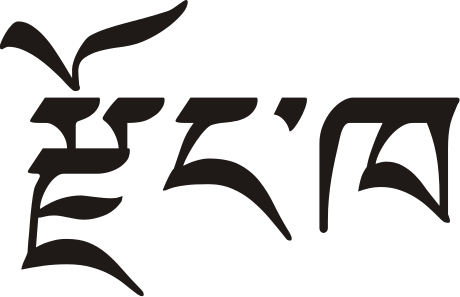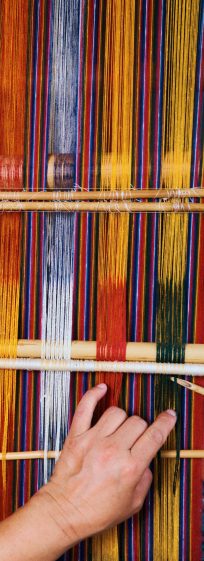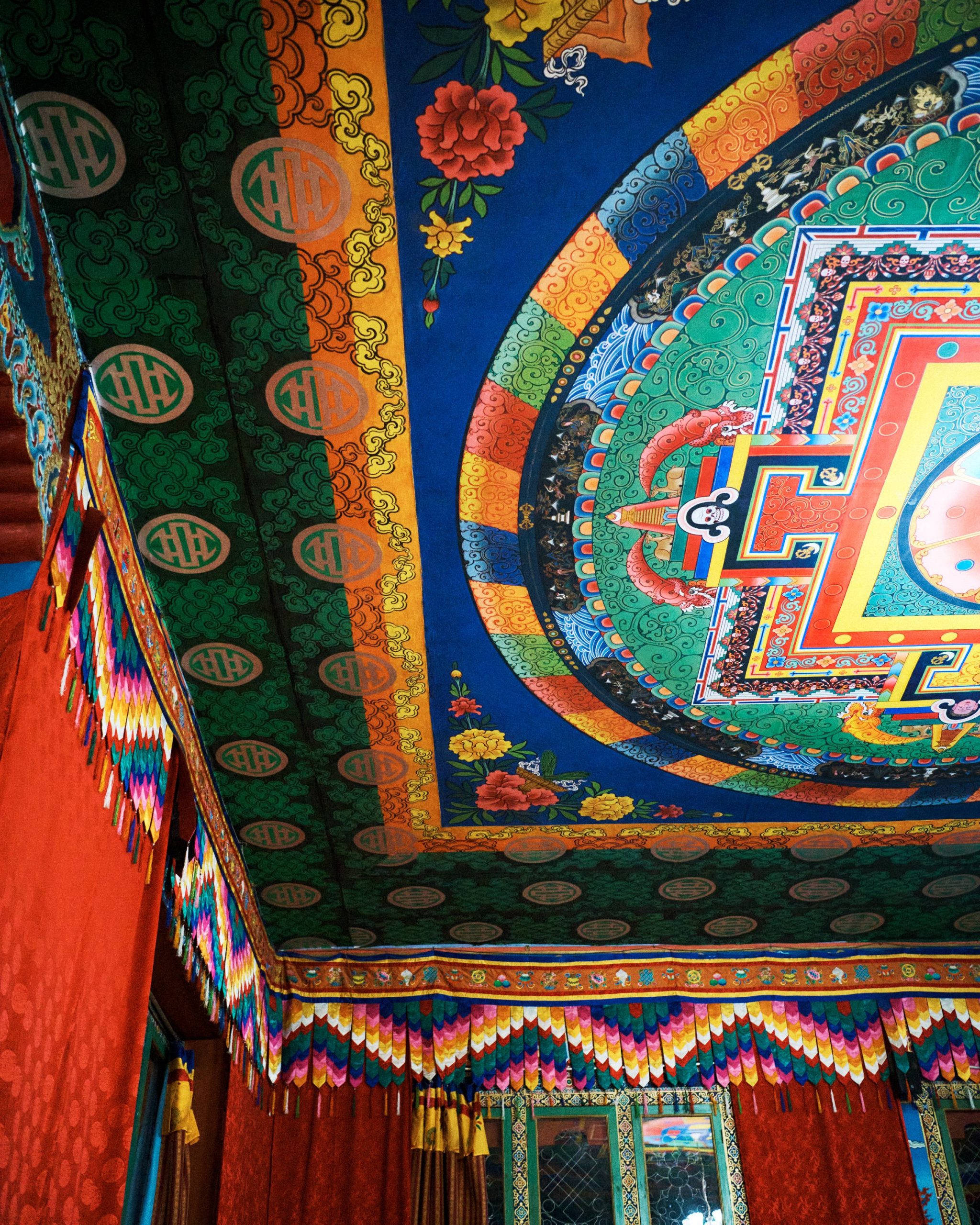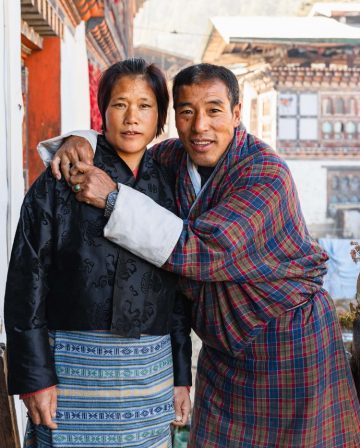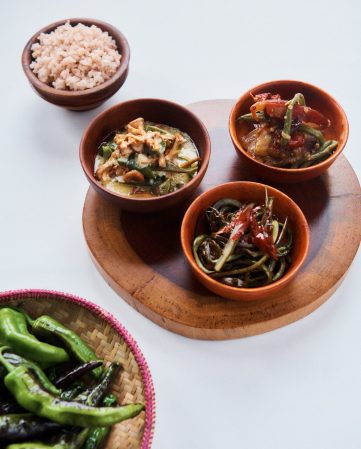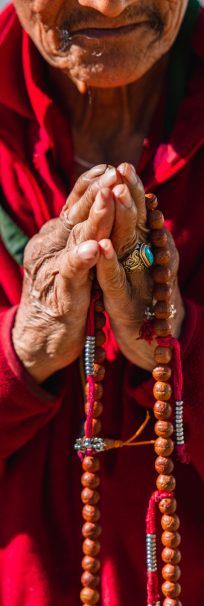

Culture
Bhutan's culture is not just preserved, it’s actively lived. Deeply spiritual and fiercely proud of its traditions, Bhutan offers travellers an authentic cultural experience unlike any other.
Religion & Spirituality
Bhutan is the last Vajrayana Buddhist kingdom in the world. Spirituality is woven into daily life — from prayer flags fluttering across mountain passes to ancient monasteries perched on cliffs. Monks play an active role in communities, and religious festivals (called Tsechus) bring together entire valleys in celebration, masked dances, and prayers.
Traditional Dress
The national dress — Gho for men and Kira for women — is more than clothing; it’s a symbol of identity. Worn with pride every day, especially in schools and offices, these colorful garments connect Bhutanese people to their heritage and values.
Architecture & Villages
Bhutanese architecture is instantly recognizable — whitewashed stone walls, sloped wooden roofs, and intricate wood carvings. Dzongs (fortress-monasteries) serve as both administrative and religious centers. In rural areas, traditional houses reflect a harmonious relationship between people and nature, built using sustainable local materials.
Festivals & Celebrations
Festivals are a window into Bhutanese culture, with centuries-old rituals, dramatic dances, and vibrant costumes. Major Tsechus, such as those in Paro and Thimphu, attract locals and travelers alike. These gatherings celebrate spirituality, community, and joy — and are considered powerful blessings to attend.
Cuisine & Dining Traditions
Bhutanese food is warm, spicy, and deeply comforting. The national dish, Ema Datshi (chili and cheese stew), showcases the local love for heat. Meals are often eaten family-style and feature red rice, datshi-based curries, and fresh vegetables. Sharing food is an expression of generosity and hospitality.
Language & Literature
The national language, Dzongkha, is part of Bhutan's identity. Oral storytelling, Buddhist scriptures, and traditional songs are key to preserving values and history. Though English is widely spoken in schools and tourism, you’ll often hear folk songs and proverbs passed down through generations.
Music, Art & Handicrafts
Bhutanese music, from ritual chants to folk songs, reflects spiritual depth and joy. Traditional arts — known as the Zorig Chusum (13 Arts) — include thangka painting, wood carving, weaving, and sculpture. These crafts are not just decorative; they are spiritual expressions of devotion and discipline.
